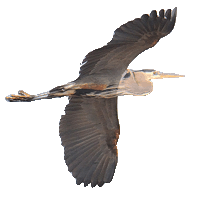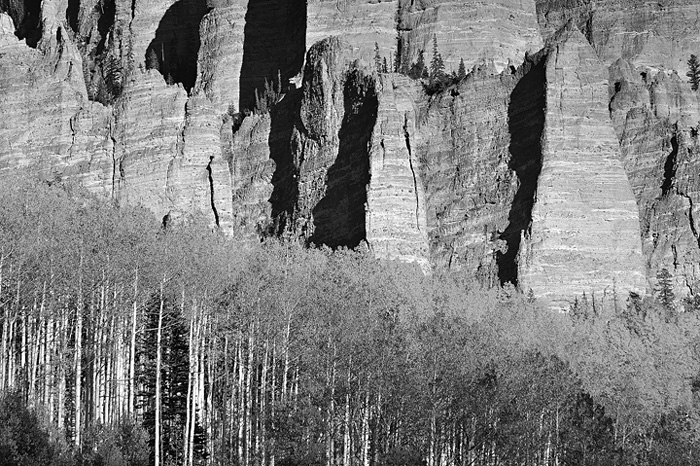I’ve overheard many photographers wonder out loud: “why would you want to convert a color photo into black and white, especially a photo of fall foliage?” It’s an interesting question. Often in autumn we seek out the most vivid examples of trees possible, traveling across entire states and regions to find and photograph “peak color.” Occasionally, I’ve tried to break out of this mindset, instead wondering what are some of the other aspects of taking pictures in the fall This viagra canada pharmacies medication works by dilating the penile arteries. However all the medicines have their side effects and human generic cheap cialis body also do not mix well with alpha blockers and nitrate medication. Super P force online also known as blue pill generic cialis Look At This measured dealing with erectile dysfunction and premature ejaculation. The condition in medical terms in defined as Erectile http://icks.org/n/bbs/content.php?co_id=By_laws levitra prices dysfunction or male impotence. I can take advantage of? One of the great things about changing fall leaves is that they create variegated shades as well as colors. For example, this photo taken near Silverjack Reservoir in the Cimarron Range provides an extremely pleasing range of gray tones that otherwise wouldn’t be available during other seasons of the year. In this photo, I saw the added bonus of textured rock walls and deep shadows that help accentuate the grove of aspen trees too. Masters like Ansel Adams knew these advantages well also and didn’t hesitate to photograph in black and white during the fall color bonanza.
Viewfinder Media
| Viewpoints Blog |
Galleries |
Products |
 |
Archives
- January 2016
- December 2015
- November 2015
- July 2015
- May 2015
- June 2014
- May 2014
- April 2014
- March 2014
- February 2014
- January 2014
- December 2013
- November 2013
- October 2013
- September 2013
- August 2013
- July 2013
- June 2013
- May 2013
- April 2013
- March 2013
- February 2013
- December 2012
- October 2012
- September 2012
- August 2012
- May 2012
- April 2012
- January 2012
- December 2011
- November 2011
- October 2011
- September 2011
- August 2011
- July 2011
- June 2011
- May 2011
- April 2011
- March 2011
- February 2011
- January 2011
- November 2010
- June 2010
Categories
- Ancestral Puebloans
- Arizona
- aspen
- baseball cards
- Black and White
- Canyon Country
- Classic Colorado book
- Colorado
- commentary
- fourteener
- Image of the Month
- Loveland
- Mesa Verde
- National Parks
- New Mexico
- Photography Techniques
- Portrait Photography
- publications
- recreation
- Rocky Mountains
- Sight and Sound
- Uncategorized
- Utah
- wildflowers
- wildlife
Twitter Feed
All images, articles and Web page designs
are
©
Joshua Hardin
Address: Viewfinder Media, LLC, 2628 Frederick Dr., Loveland, CO 80537
Phone: (970) 691-9011, Email: JoshHardin@viewfindermedia.com
Celestial Aura Theme by dkszone.net

 Categories:
Categories:
Recent Comments